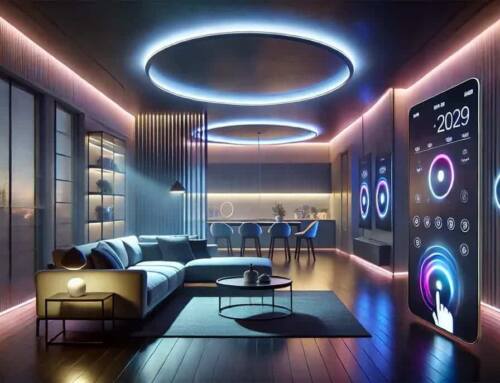Determining Quality in LED Strip Lighting
It seems like you can find and buy LED strips almost everywhere these days, they’re on Amazon, eBay, and even Craigs list. The prices are all over the place and the cost alone may not be a good indicator of the quality of the product.
The Truth About “High Quality” LED Strips
Not all LED strips are created equal. One of the primary reasons for buying and using LED lighting is because they are energy efficient and can result in long term savings. It’s important to understand that a low quality LED strip could be consuming twice the power it needs to and may even be less efficient than incandescent lighting.
LED lighting can be used in both home and industrial settings and the rapid development in technology is leading to improved manufacturing and a higher number of products on the market. The flood of products to the market can make it difficult for consumers to select the best product for their money.
The quality of the materials used to manufacture the LED strip play an important role in determining the quality. It’s not uncommon for manufacturers to use low quality components and may even use a combination of 5050 SMD and 3528 SMD chips to lower production costs.
Phosphor is used instead of electrical filament in manufacturing LED’s.This is because the filament produces an incredible amount of heat, but very, little light which is inefficient. Phosphor, on the other hand, is the exact opposite producing very little heat, but a bright light; the small amount of heat released makes them much more efficient.
Key factors Quality Factors:
- The thickness of the copper used in the PCB board – the thicker the copper the more current can flow and the more efficient the strip is.
- The pureness of the copper – the more pure the copper is the better. Higher quality copper means less resistance and a stronger current.
- The quality of the phosphor used in the LED chip – the purity and size of the phosphor can affect the efficiency and brightness of the lighting.
- Consistent components within the LED strip – mixing different size LED’s on a strip not only looks unprofessional it can also cause inefficiencies and more rapid degradation of the phosphor.
You’ll want to take each one of these factors into consideration when selecting the provider of your LED lighting products. Choosing the wrong solution could end up costing you more than you might imagine.
Recommended Considerations:
The requirements may differ from one application to the next; one of the primary considerations is exposure to heat and weather conditions.
The lifetime of the phosphor undergoes changes through different variable and extended exposure to heat can accelerate the degradation of the phosphorus. Look for LED’s that dissipate heat through the stokes located inside the module, so that degradation does not occur early in its lifetime and can have a favorable advantage in lasting over 100K hours.
The Printed Circuit Board (PCB) is what electronically connects electronic components. The quality and thickness of the copper is of very important. If your application requires a High Quality LED lighting solution, make sure that the PCB is at least 0.40mm thick.
You’ll also want to make sure that the chips used on the strips are of high quality, placed in a uniform manner, and are not a mixture of components. The most common types are the 3528 SMD and 5050 SMD LED modules.












Leave A Comment
You must be logged in to post a comment.